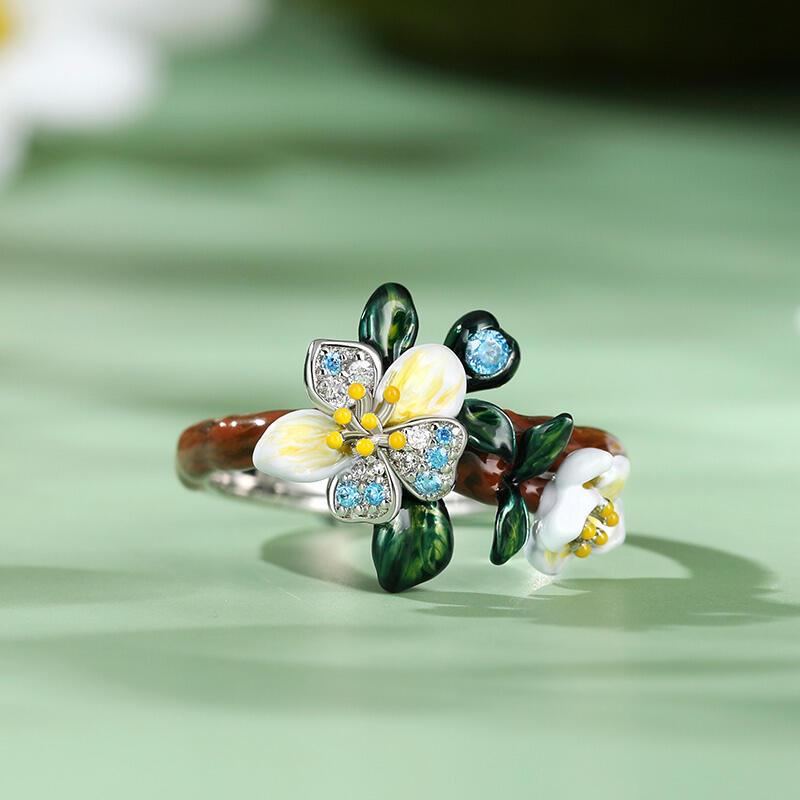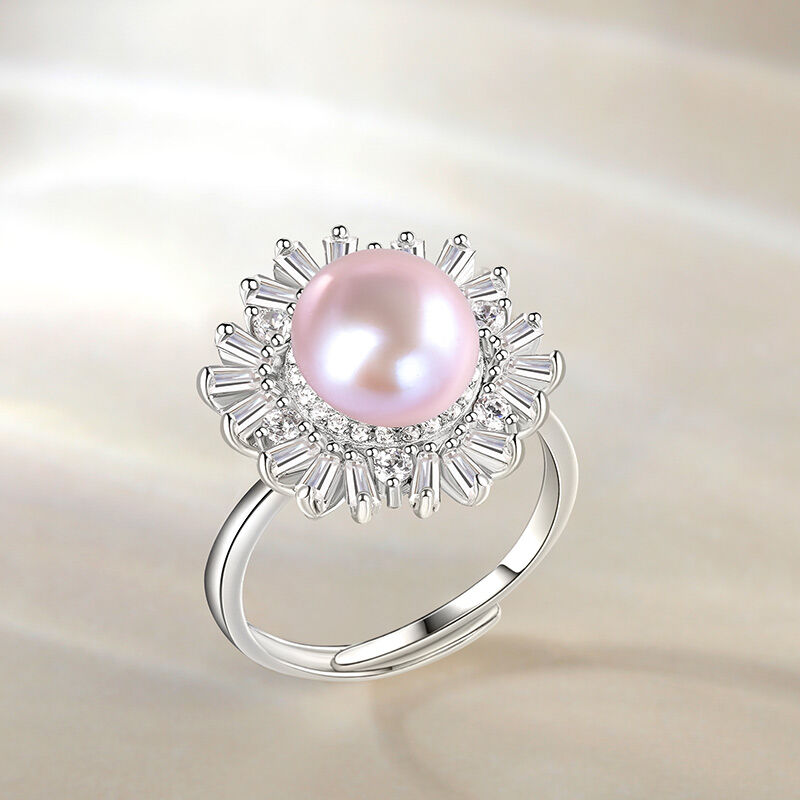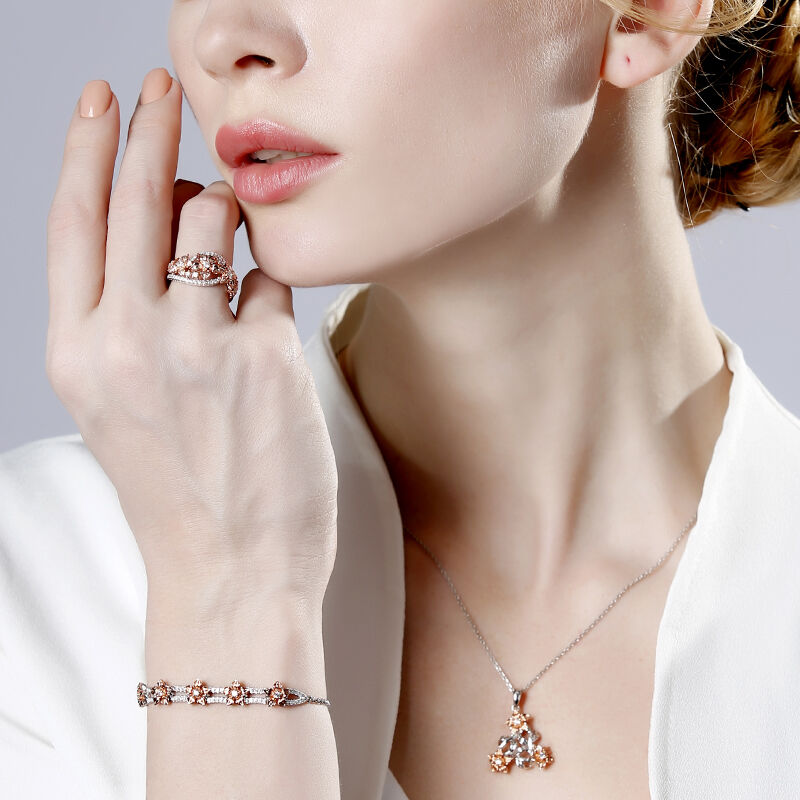Enamel Rings
 Enamel rings are a unique and vibrant category of jewelry, distinguished by the application of finely ground glass (the enamel) to a metal surface, which is then fired at high temperatures to create a durable, glossy, and often colorful finish.
Enamel rings are a unique and vibrant category of jewelry, distinguished by the application of finely ground glass (the enamel) to a metal surface, which is then fired at high temperatures to create a durable, glossy, and often colorful finish.
Modern enamel ring often embrace bold, geometric patterns and abstract color blocking, utilizing cold enamel (resin or lacquer) for ease of application, though traditional vitreous enamel remains the standard for luxury pieces.
The enduring appeal of enamel ring lies in their unique blend of texture, color, and resilience. They offer a striking alternative to gemstone-heavy jewelry, providing depth and luminosity through color alone. Vintage and antique enamel rings are highly sought after by collectors, with pieces from the Art Nouveau period, especially those utilizing the difficult plique-à-jour technique, commanding significant prices due to their rarity and artistic value.


